Take a minute and picture your basic router. Nothing too fancy, but nothing outdated either. It works pretty well. It’s got 802.11ac. The speeds are decent, but far from top of the line. The range is more than enough for your average home, but in some conditions you’ll have dead-zones.
What happens if this router isn’t enough for you? Consumers have two options to choose from. One option is a whole-home WiFi system. These routers have comparable bandwidth to a standard router, but divide up the network distribution across several different units. This gives a more complete coverage, with consistent bandwidth and less dead zones. This is the best choice if range is your biggest networking problem.
The other option is a high bandwidth router. Something like the Netgear Nighthawk X6S Tri-Band router provides incredibly fast speeds and has the ability to handle challenging loads. If high latency, connection speed, and technical capability is your main issue, this is the router to get.
Unfortunately, both of these options forget about one group of consumers. What if you have trouble with both range and bandwidth? A whole-home wifi system won’t give you the speeds you need. Meanwhile, a high bandwidth router won’t give you the range you need.
Netgear’s Nighthawk X6S Tri-Band Range Extender offers a solution. This device is sold as an extender for existing routers. It provides the same ultra-high bandwidth of Netgear’s X6S, as well as other powerful routers. But it behaves as a range extender. Without sacrificing speed, you can extend the range to cover one specific dead-zone in your house. Purchasing this extender with a top-tier router could be a little more expensive than a simple whole-home WiFi system, or it could be cheaper if you already own a router that you’re satisfied with. Does this extender really give you the best of both worlds, or does it lag behind other models? To answer this question, we decided to try it out for ourselves.
First Look
The NETGEAR Nighthawk X6S Range Extender is designed using technology that Netgear developed for its popular Orbi WiFi system. It’s labelled as a Tri-band router, but as far as consumers are concerned it’s a dual band model. One band is reserved as a dedicated backhaul channel, leaving two bands of consumer facing connectivity. It provides up to 3 Gbps of theoretical bandwidth, and supports high-usage technologies such as Mu-MIMO and a form of beam-forming. It can work as both a range extender as well as an access point, allowing it to be made compatible with virtually any router on the market. It will work perfectly with Netgears popular Nighthawk X6S, but you’re certainly not restricted to using that option. This is one of the most expensive range extenders on the market, but it looks to be one of the best.
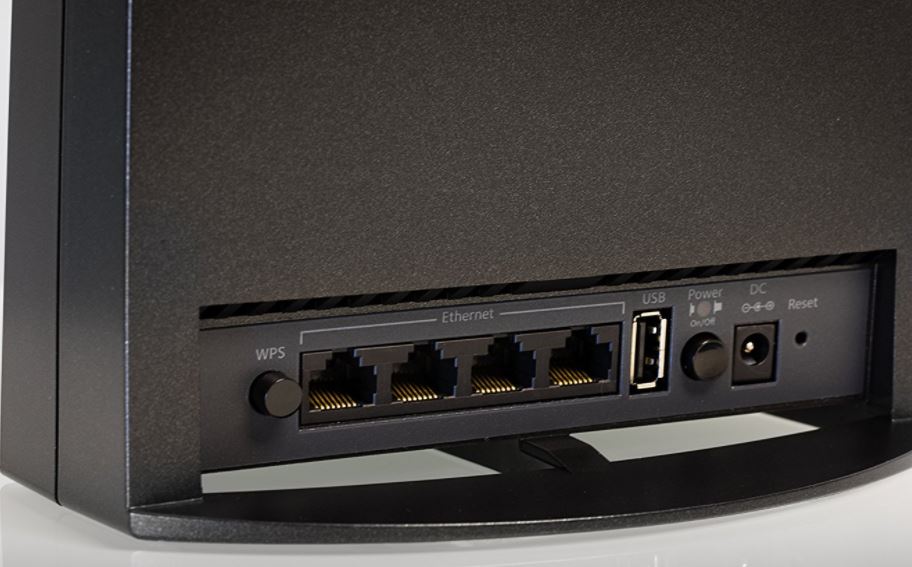
Design
This is a table-top range extender, designed to be placed on a desk, end-table, or shelf. It’s fairly monolithic in design, appearing like a large slab that stands tall. The front is fairly plain with the exception of a Netgear logo and a set of LED status lights. These lights indicate the presence or power, activity of the WiFi system as a whole, as well as separate indicators for the individual WiFi channels and the Ethernet connectivity.
Design is clearly not one of the main selling points of this extender. This is a little surprising to us, considering how eye-catching the other Nighthawk series hardware is. That being said, an extender is designed to be placed away from your existing network equipment. Since it may be placed in a bedroom or a living room, the more reserved appearance of this router will be an asset in many circumstances. The large LED panel provides an at-a-glance look at all of the information you need to ensure that your extender is working correctly, but there is no excessive design elements that many consumers will deem unnecessary.
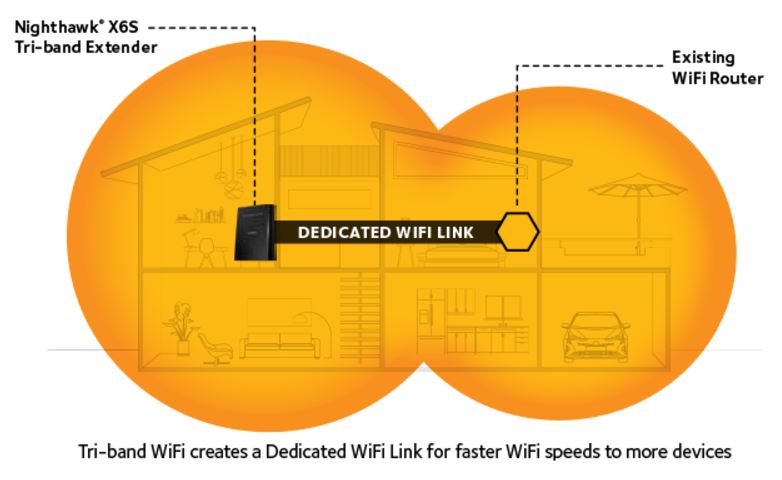
Backhaul Connectivity
On the back you’ll find five separate Ethernet ports. Four of these are outputs, allowing you to connect your hard wired devices to the internet. One of them acts as a LAN port. This LAN port is designed to make the extender operate as an access point. This means that you connect it to a hard-wired network, producing an entirely new wireless network. This is useful in commercial settings where you want to create a customer-facing wireless network that is easy to access. Client facing networks can have their own names and rules, preventing guests from accessing parts of your network that would otherwise be deemed off limits.
If you’re using it as an extender, the only wire you’ll need to connect is a network cable. Instead of Ethernet, the extender connects to your router through a dedicated backhaul channel. This is controlled through a 4×4 (also known as Quad MIMO) 5 GHz radio. What this means is that there is a dedicated channel on the 5 GHz network with four separate channels of communication. These channels can be bonded together, or they can be isolated.
If there is only a single device on the consumer-facing network, all four channels are used to provide the most bandwidth possible. If two clients are connected, each of them have two dedicated backhaul channels. With four clients, each gets one channel. This is advantageous because it allows the router to balance the loads very well. If one user is using a ton of bandwidth, it won’t slow down the other dedicated channels. Netgear calls this technology Fastlane 3, although many other competing systems use a similar platform.
Many routers have consumer-facing MIMO, but very few have this on the backhaul side. This is the reason that many whole-home WiFi systems don’t have the same high bandwidth potential as modern high speed routers. For this reason, this router has the potential to deliver much higher speeds in much more challenging conditions, as the bottleneck has been eliminated.

Front End Connectivity
Having a high end backhaul channel is important, but it’s the consumer-facing connectivity that will ultimate determine how powerful your network connection is. There are a couple things we’re looking for. First, we need a platform that is powerful – delivering tons of bandwidth while maintaining a low-latency environment. Next, we need it to be adaptable. Having multiple users each with their own unique usage scenario shouldn’t drop the performance on either end.
There are a couple of technologies that make this possible. The most important of the two is MIMO. MIMO stands for multiple input, multiple output. This means that even though you’ve got a single network connection, you actually have several separate connections going on in the background. This particular router has two consumer facing channels (2.4 GHz and 5 GHz) with two separate bands on each.
This is what’s known as 2×2 MIMO. With modern 802.11ac, you’ll be connecting on both the 2.4 GHz and the 5 GHz bands at the same time. So no matter what, you’ll have at least two channels at your disposal. If you have a higher end network card, you’ll be able to use two channels on each band. As a single user, this will give you access to a ton of bandwidth. When multiple users are on the same network, the load balancing kicks in.
What load balancing does is look at how much network resources each user requires, and divides up the channels as needed. If you’ve got one user simply browsing the web or playing a game, they’ll get one channel on one band. A high bandwidth user may require the other three, but their use won’t influence the latency of the second.
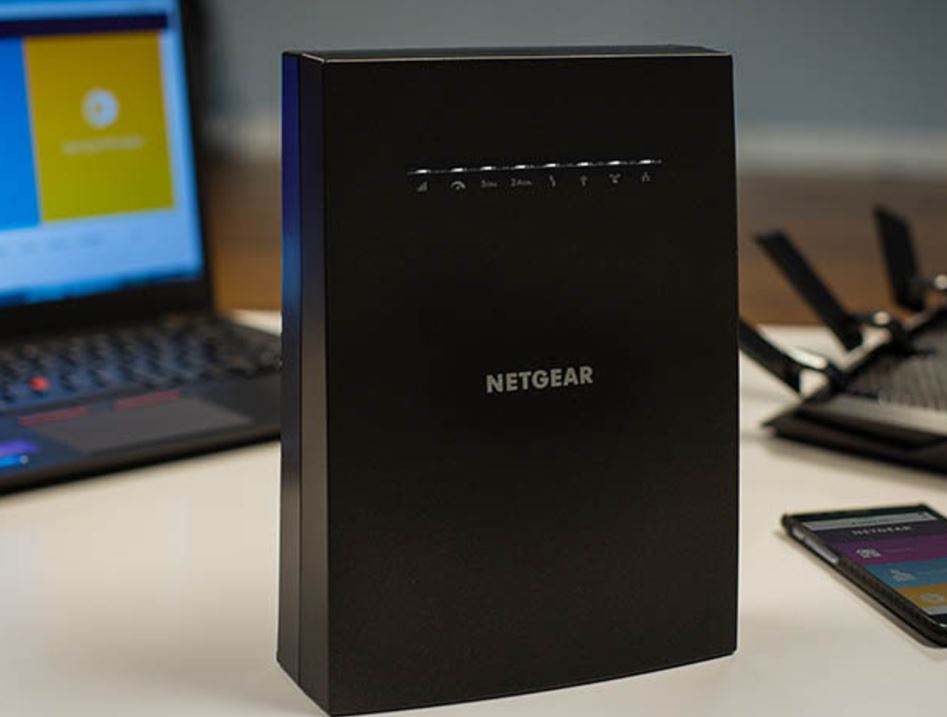
Range
A single Nighthawk X6S router has enough range to cover a 2500 square foot home comfortably. This extender has similar technology, and can cover the same range. However, using two won’t give you 5000 square feet of coverage.
The reason is that the extender needs to have a decent wireless connection to begin with. If you place it inside of a dead zone, it won’t be able to connect to the base router. The simplest solution is to place it in between the area where you get a poor connection. This would extend the range by 50%. The area in between the router and the extender would be serviced by both devices. Any devices on either side would be serviced by one or the other. If you aren’t going to change the setup of your existing router, you can expect to see a gain of roughly 50% range in any specific direction.
One alternative is to move both the router and the extender. Mentally, you can picture this by dividing your house up into thirds. The router goes on the rightmost third, while the extender goes on the leftmost. This would give you an effective coverage increase of roughly 66%, and can be either lengthwise or height wise. The perfect example of this could be a three story building. The router goes on the floor, serving the main floor as well as the basement. The extender goes somewhere near the ceiling of the main floor or the floor of the second story, servicing both.
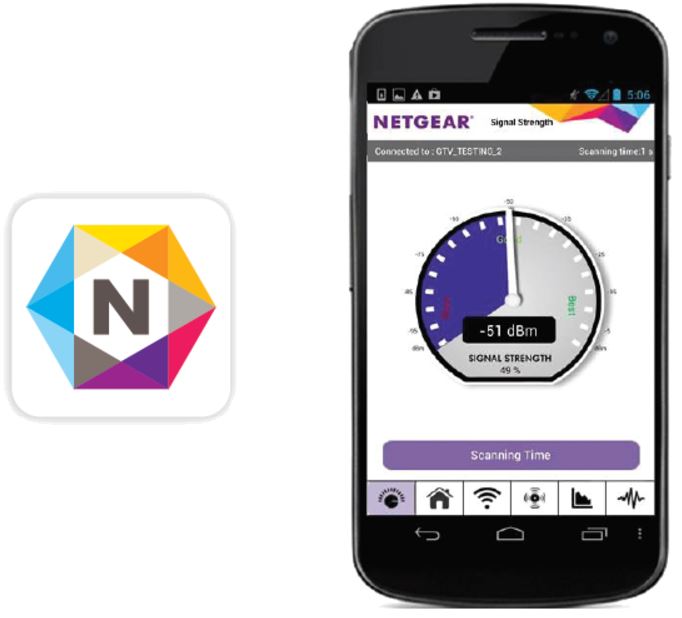
Compatibility
One of the nice things about this extender is that it’s compatible with virtually any client or router on the market. There are some minor limitations to this. If your router only provides 802.11N, then they extender can only provide 802.11N. The important thing is that it’s not a bottleneck. While it can’t improve the speed of your existing router (only the range,) it definitely won’t slow it down. The benefits of this will be realized the most by users who already have a high quality router installed.
Compatibility with clients is also a major advantage to this unit. Technology known as “Smart Connect” ensures that every device is placed on the best channel possible. An older cellphone or tablet might only have access to the 2.4 GHz channel. In these cases, that channel will always be reserved for those devices. Meanwhile, your high end devices that can support the large bandwidth available on the 5 GHz channels will get first dibs. If you’re simply web browsing and not using that bandwidth, you can automatically be moved to a more appropriate channel, freeing up bandwidth for a high usage user.
Disadvantages
The most obvious disadvantage to this platform is the price. If you’re buying a whole new system, the cost of a top-tier router that will allow you to take advantage of all this technology combined with the extender itself will exceed the cost of most whole-home WiFi systems. If you really need the bandwidth, this could be worth it. But if you’re just trying to extend the range of your existing hardware, the cost might be a little prohibitive.
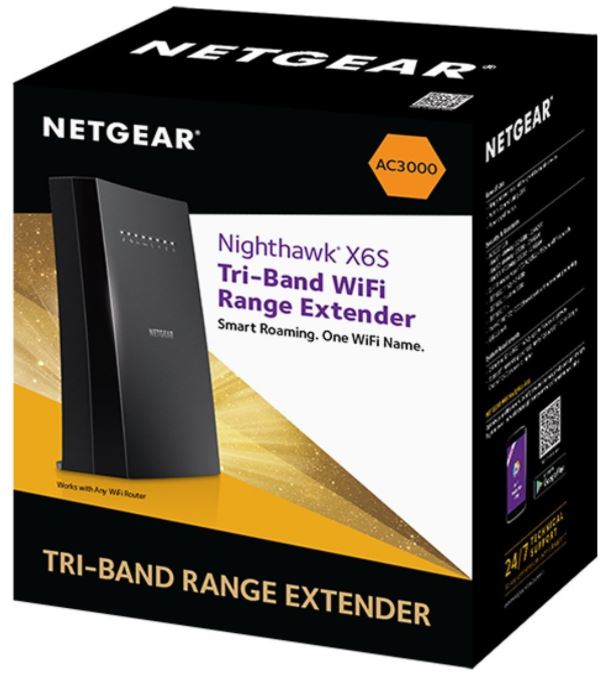
Final Verdict
There is no doubt in our mind that this is the most powerful WiFi extender available on the market. However, it’s not going to be for everyone. There are two main segments of consumers who will benefit from this purchase.
The first segment is consumers who already spent money on a high end router. There is no sense replacing your entire system, when this extender can simply boost your range without cutting into your bandwidth.
Next, users who require ultra-high bandwidth applications should choose this over a whole home WiFi system. Hardcore gamers who require ultra-low latency will appreciate the load balancing. Anyone who runs a file server or likes to stream 4K content will benefit from the impressive bandwidth. If this sounds like you, this hardware will perform better than competing systems.
If you’re happy with bandwidth up to 100 Mbps, then a whole-home WiFi system could be a better option. We recently did a review and selected several of the best options on the market. It’s worth noting that there are circumstances where a whole-home WiFi system, will exceed our 100 Mbps designation, but this is the minimum speed that you should expect across your entire home.
Meet Ry, “TechGuru,” a 36-year-old technology enthusiast with a deep passion for tech innovations. With extensive experience, he specializes in gaming hardware and software, and has expertise in gadgets, custom PCs, and audio.
Besides writing about tech and reviewing new products, he enjoys traveling, hiking, and photography. Committed to keeping up with the latest industry trends, he aims to guide readers in making informed tech decisions.

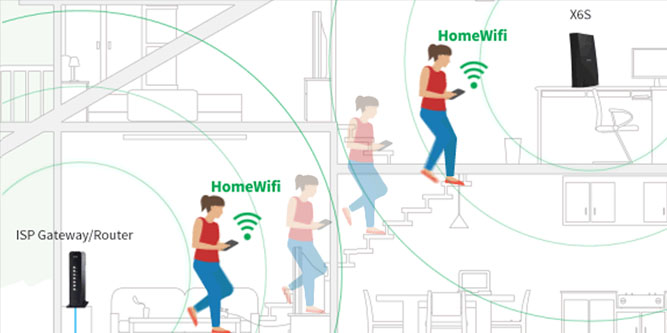
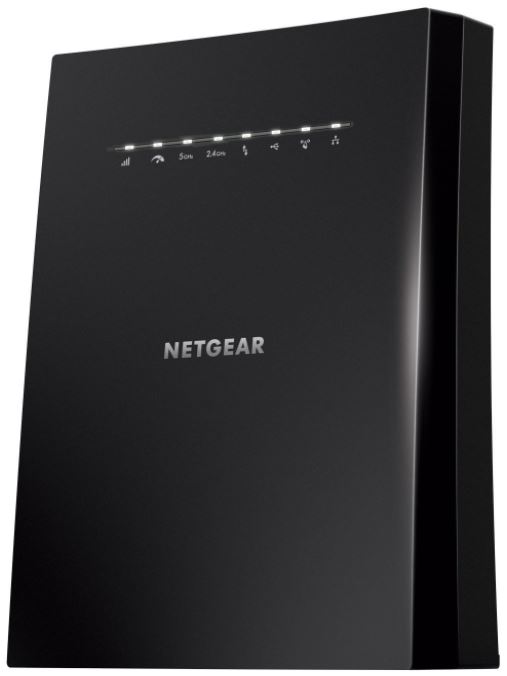
Great article. Thanks.
Thanks for the article. Helped me a little. I have a Netgear 3200, Model R8000 connected to my Xfinity Router next to my computer. I also have a standard Netgear range extender, Model EX 6150, one story down (approx 50 feet from the R8000. It does an okay job, but is inconsistent when connecting with Netflix, etc. on my TV. If I get the “mesh” extender, will that help?
Thank you, great article. For my application this will do wonders.